2016 Subaru Crosstrek Review

A number of new small crossovers have entered the market this year, making it more complicated to choose a city-sized AWD vehicle than it is to pick between an Android phone or an iPhone, or even between Xbox and PlayStation. But even with all the new competition, the 2016 Subaru Crosstrek still stands tall as one of the top picks in the segment.
Back in 2012 when Subaru launched the XV Crosstrek, the brand used its expertise in crossovers to show up rivals like the too impractical Nissan Juke and the too boring Mitsubishi RVR. But since then, more interesting and practical vehicles have been unleashed on the world, like the family-friendly Honda HR-V and the Mazda CX-3. For 2016, Subaru has doubled down on showcasing what makes its offering so good, emphasizing the Crosstrek’s off-road capability, generous interior space and features.
Changes for 2016
With its lightly updated exterior appearance, the Crosstrek still looks attractive without being dull (like the Honda HR-V or Chevrolet Trax) or too polarizing (like the Juke). While I still prefer the styling of the Mazda CX-3, that CUV comes with a number of compromises that the Subaru doesn’t.
You’ll be able to differentiate the updated 2016 Crosstrek from older models thanks to its updated front fascia that sports a new grille, thicker chrome wings from the Subaru badge and sleeker headlights. The crossover is also offered with an updated look to its popular 17-inch wheels, angling the boxy design to look sportier.
FAST FACTS
| Engine: | 2.0L 4-cylinder |
| Power: | 148 hp, 145 lb-ft |
| Transmission: | Continuously variable |
| EPA Fuel Economy: | 26 MPG city, 34 hwy |
| Fuel economy (CDN): | 9.1 L/100 km city, 7.0 hwy |
| Price (US): | Starts at $22,445 after destination charges |
| Price (CDN): | Starts at $24,995 |
While the outside is mildly refreshed, the interior is very thoroughly re-done. New silver and black accent trims on the dash give the cabin a more premium vibe than before, while the shifter and steering wheel have also been revised, and no longer look low-rent. What stands out the most is the orange highlights and stitching on the seats. Vibrant and hard to miss, this little change helps liven up the interior of the car, which has been called dull by our editors in the past.
ALSO SEE: 2016 Honda HR-V vs 2016 Mazda CX-3
Interior space is good, although if cargo space is a top priority, the Crosstrek isn’t best in class. The Honda HR-V offers more space in the trunk, and more overall space when you compare the available space with the rear seats folded. Head and legroom were excellent, though, at least for this six-foot-tall writer.
The Crosstrek also receives a new seven-inch Subaru StarLink infotainment system. While I won’t gripe about the speed and responsiveness of this system (which is still lacking in comparison to industry leaders), I will say that it’s a bit of a downer to hear that Apple Car Play and Android Auto are absent. Instead, iPhone users get Siri Eyes Free compatibility, which is better than nothing, but incomparable to how great the other two systems are.
Features
Fortunately, Subaru enhances the Crosstrek with a number of available features that are very useful. Lower trim level models arrive with heated seats and mirrors, while higher-end models arrive with automatic climate control, automatic headlights, and are offered with a suite of great safety assists. Dubbed EyeSight, Subaru’s safety suite includes forward collision warning, lane departure warning and even adaptive cruise control. Subaru also offers blind-spot assist and rear cross-traffic alert.
On the road, features like blind spot assist and lane departure warning are useful, though the Crosstrek has great sightlines and solid steering feedback, which makes it easier to see the vehicles around you and adjust appropriately. On the highway, the car does need frequent adjustments to stay straight and wind noise was notable, although our test drives were on particularly windy days. Despite the wind noise, one thing that stood out for me with the 2016 Crosstrek is how much quieter the CVT is. In past models, the transmission noise was grating and one of the low points of the Subaru small crossover, but the new model is much quieter in this regard. In motion, the CVT is responsive and eager to change ratios.
On The Road
Driving the 2016 Subaru Crosstrek is easy, just like driving the Impreza compact sedan that this crossover shares so much with. The throttle is a bit touchy, though that helps compensate for just how low on power the Crosstrek really is. Making 148 hp and 145 lb-ft of torque from its 2.0-liter flat-four-cylinder engine, the Subaru gets outdone by other competitors in its price segment like the Nissan Juke. Steering is well weighted and the car responds obediently to driver inputs.
Rated to get 26 mpg in the city, 34 mpg on the highway, and 29 mpg combined with CVT-equipped models (or 23 mpg city and 31 mpg highway, and 26 mpg combined with the five-speed manual), the Crosstrek proves that having all-wheel drive isn’t a detriment to saving fuel at the pump.
Stands Tall, Priced Low
While solid driving dynamics, high-tech safety features and a fuel-friendly all-wheel-drive system all help make the Crosstrek a good crossover, it’s the vehicles overall capability that takes it from good to great. Upon taking the opportunity to go off-road in muddy, gravel and waterlogged trails and then upping the ante on some rocky routes, the Crosstrek was confidence inspiring and handled the route with ease. It’s also worth pointing out the compact crossover’s 8.7-inches of ground clearance is more than any of its rivals, except the pricey Jeep Renegade Trailhawk.
Pricing for the Crosstrek is competitive, starting at $22,445 including destination in the U.S. and $24,995 in Canada. Top-of-the-line models will set you back $25,945 in the U.S., and $31,895 in Canada. Hybrid models are also available, though we didn’t get the chance to try them out. They start at $27,245 in the U.S. and $30,495 in Canada.
The Verdict: 2016 Subaru Crosstrek Review
With the 2016 refresh of the Crosstrek, Subaru addressed all our criticisms of the previous car. The new vehicle looks sharper and has a much improved cabin, without sacrificing any of the practical and capable elements that we loved about it before. It’s a top pick for the money, and one I’d easily recommend to anyone shopping in this segment.
Discuss this review at our Subaru Crosstrek forum
LOVE IT
- Improved interior
- Off-road capability
- Driver assistance tech
LEAVE IT
- Not very powerful
- Limited smartphone integration

Sami has an unquenchable thirst for car knowledge and has been at AutoGuide for the past six years. He has a degree in journalism and media studies from the University of Guelph-Humber in Toronto and has won multiple journalism awards from the Automotive Journalist Association of Canada. Sami is also on the jury for the World Car Awards.
More by Sami Haj-Assaad



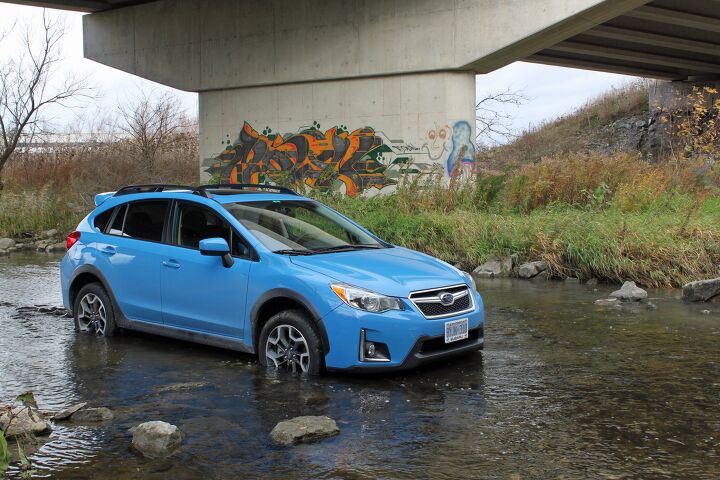























































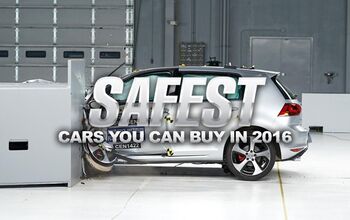

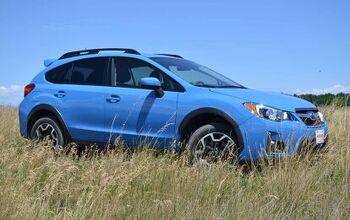
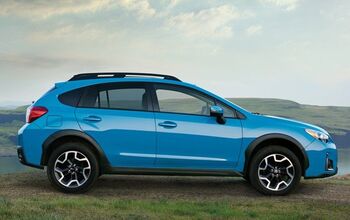
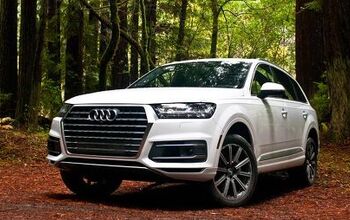











Comments
Join the conversation
Tart it up all they want, the true Achilles heel of this car hasn't changed. This 148 hp engine and CVT transmission is dog slow. Every high speed merge begins with a prayer. The touch screen interface is even slower. And, like most Subaru's, it's thinly built. Rain on the roof sounds like gunfire overhead. The glass is so cheap that in winter you almost feel a breeze coming through at 30 mph. Sure, it's sporty looking and kinda comes alive on twisty mountain roads. But unless you really, really need AWD and massive ground clearance, thoroughly exhaust your options before settling on a Crosstrek. It a word: the Crosstrek is a dud I just sold my 2014 at a good price and cannot be happier.
The main drawback from these CUV's compared to SUV's is true ground clearance. Yes, the Crosstrek may state to have 8.7 inches of clearance, but that is at CURB WEIGHT. Toss in 4 adults, a Yakima box loaded with 4 packs, some climbing gear, and a couple of dogs in the back, and your 8.7 inches is suddenly 6. Let's not even talk about break over and departure angles. Not a bad car for what it is (a city car with some weekend warrior abilities), but it's a shame that the number of capable vehicles continues to diminish.